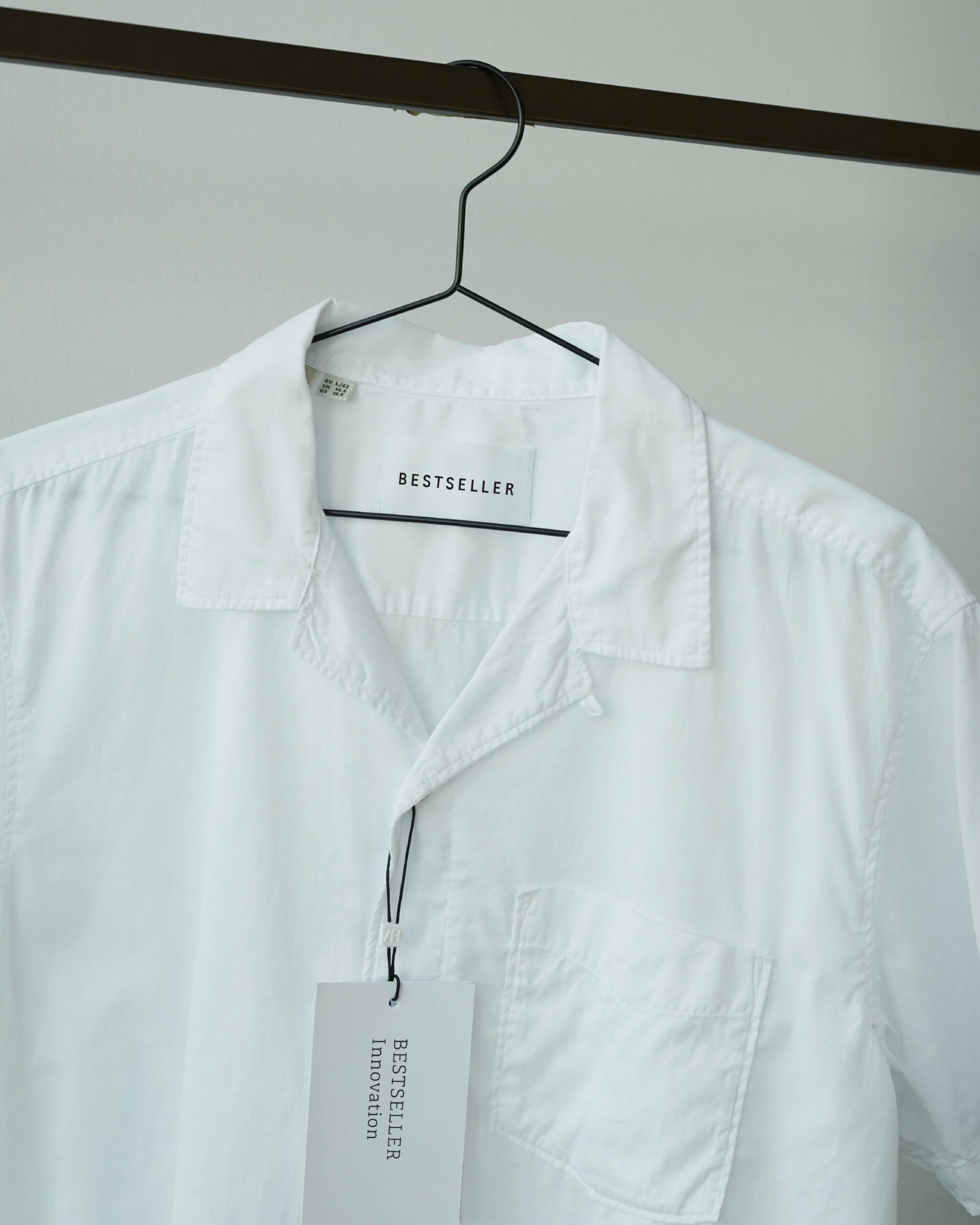In the past three years, we have collaborated with researchers, recycling specialists, behavioural experts, and other textile and fashion companies in the ReSuit project, Denmark’s first major textile recycling project.
ReSuit has aimed to develop new technologies that can transform textile waste into new fabrics and set new standards for fashion design, focusing on longer lifespan and improved recyclability when discarded.
Now, the project team is ready to share additional positive findings.
Two technologies
ReSuit has, among other things, proven that polyester textile waste can be recycled into new polyester textiles. Furthermore, the project has succeeded in recycling clothing waste that was previously considered difficult to recycle by using a special method where the clothing is transformed into bio-oil and chemical building blocks for the production of new polyester and plastic-based materials.
“At Bestseller, we are fully aware of the challenges in the fashion industry, but we also have the size and expertise to be part of the solution. That’s why we entered ReSuit with open eyes and an understanding that innovation plays a crucial role in transforming the fashion industry into a more sustainable one,” says Camilla Skjønning Jørgensen, Innovation Manager at Bestseller.
“Innovation is best when it collaborates with other actors. Therefore, ReSuit is a unique project that takes a holistic approach to the problem by considering all stages of the clothing lifecycle—from design to usage and recycling. This focus on the entire process is crucial for creating a more sustainable future in the fashion industry,” says Camilla Skjønning.
The ReSuit consortium includes Aarhus University, Fraunhofer-Gesellschaft, Crossbridge Energy A/S, Elis Denmark, Behave Green, Danish Technological Institute, and Design School Kolding. It is supported by Innovation Fund Denmark.
ReSuit findings and outcomes
- The outcome of ReSuit is two processes for textile waste recycling. Focus has been on polyester, which globally represents over half of all clothing fibers.
- The first method opens the door to textile-to-textile recycling of polyester. It is a dissolution process that can treat clothing waste, separating and purifying the polyester from colour and additives. The result is recycled polyester (rPET) of such high quality that it can be used in the production of new polyester.
- ReSuit has also focused on a process where complex clothing waste can be recycled – textiles that are normally so intricate and processed that they are considered unsuitable for recycling. The process involves subjecting clothing waste to heat and pressure, known as hydrothermal liquefaction (HTL), transforming it into bio-oil that can be upgraded into chemical building blocks for fuel and naphtha production. The polyester component of the mixed clothing waste is transformed into a substance called terephthalic acid (TPA), which is a primary building block in polyester.
- A third concrete result of ReSuit is Bestseller’s Circular Design Guide, which aims to inspire both Bestseller’s own brands and the rest of the textile industry to think and act in new ways that extend the lifespan of clothing and make it easier to recycle. Among other things, Bestseller now sells clothing collections designed according to the principles of the design guide.










